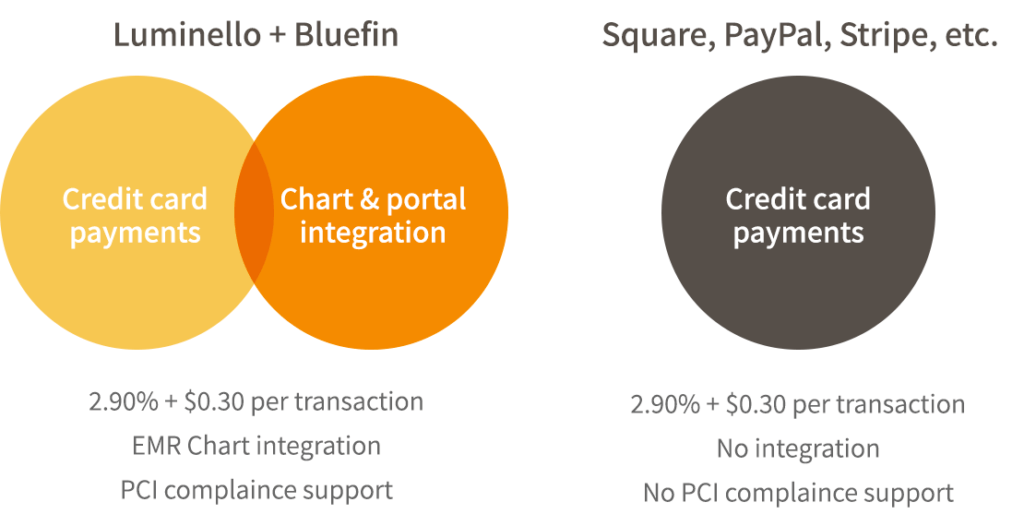Since the start of 2013, we’ve all been using them—the new Current Procedural Terminology (CPT) codes for Psychiatry, and Evaluation and Management (E/M). Despite the initial confusion, most of us have probably come up with some working system by now. In this article I’ll discuss the most frequently used codes for outpatient psychiatry, and other information that should help streamline the coding process and make it clearer and more bearable.
E/M codes were first introduced in 1992. The Centers for Medicare and Medicaid Services (CMS) published additional documentation guidelines for E/M codes in 1995 and 1997. The 1997 version specifically included a single-system psychiatric exam, which fully substituted for the multisystem physical exam required by the 1995 guidelines (Schmidt et al. Procedure Coding Handbook for Psychiatrists, 4th Ed. American Psychiatric Publishing; 2011). So E/M codes for psychiatry have been around for a while, but they were not very informative, particularly when a code like 90807 covered pretty much everything.
In 2010, the RUC (Relative Value Scale Update Committee) of the AMA reviewed psychotherapy codes for CMS and determined that they were “misvalued,” although they were not entirely clear on what that meant (http://bit.ly/10Rv42a). A more extensive review process ensued and culminated in the 2012 approval of a revised coding system by the CPT panel of the AMA (http://bit.ly/Z6WsMt).
So the reason for the switch from the old system had to do with the misvaluation of codes. An alternate explanation, promulgated by many within the psychiatric profession, is that it’s a matter of parity: if we want psychiatric diagnoses to be valued equivalently with non-psychiatric diagnoses, we need to bill that way. In other words, MDs shouldn’t bill like non-MD therapists, but rather, like other MDs.
Coding Specifics
Now for the nitty gritty. It starts out easily enough: an initial evaluation with medication management has a CPT code of 90792, instead of the familiar 90801. Peculiarly, 90791, which is an initial evaluation without medication management, is currently reimbursed at a higher rate.
Outpatient sessions with an established patient use both a CPT code and an E/M code. Before 2012, the CPT code (90807, 90862) was the main event; now, the E/M code takes top billing, and the CPT psychiatry codes have been demoted to add ons. (Note: In the literature, an add on code is designated by a “+” icon in front of the code but you do not add the “+” icon when billing the code (http://bit.ly/10HwRd5).
The definitions of E/M and CPT can be confusing. The E/M is how you evaluate what needs to be done: take a history, perform a psychiatric medical exam (formerly MSE). The CPT refers to what you actually do once you’ve figured out what needs to be done: in most cases, psychotherapy. In other words, psychotherapy is considered a procedure. Medication seems to fall under the heading of “management.”
The powers that reimburse don’t care what kind of psychotherapy you do. It can be dynamic, CBT, primal scream, whatever. What they do care about is how long you spend doing it. The following are frequently used procedure (ie, CPT) codes for psychotherapy, together with the minimum time required for each:
CPT Codes and Times
| CPT psychotherapy code | Session time | Minimum face-to-face time |
|---|---|---|
| 90833 | 30 | 16 |
| 90836 | 45 | 38 |
| 90838 | 60 | 38 |
The weird minimum times here have to do with the fact that at least half of the incremental time interval is required for therapy. For example, 16 minutes is one minute more than half of 30, 38 is the first whole number greater than 37.5, the midway point between 30 and 45.
It’s important to note that these are face-to-face times. So if your patient shows up eight minutes late for a 45 minute session, you can only bill for a 90833, which is reimbursed at a lower rate than a 90836.
There’s not much more to CPT codes. You do some type of psychotherapy for a certain amount of time, and you slap on the appropriate number.
E/M codes, on the other hand, are more work. You don’t actually have to do more work than you normally would in a session. You just have to figure out how to document what you’ve done, and then determine which code fits the documentation.
The most frequently used E/M codes in an outpatient setting are 99212, 99213, and 99214. These represent increasing levels of complexity in the treatment of a given patient, in a given session. The higher the number, the more complex the session—and the greater the reimbursement.
E/M coding is based on three main elements: history, exam, and medical decision making (MDM). Each of these is broken down into a labyrinthine number of components and subcomponents.
To meet criteria for a level of care (ie, 99212, 99213, or 99214), the documentation for a session has to “attain” that level in two out of three of the main elements—meaning there have to be the right number of components and sub-components documented.
One way to simplify this is to think of 99212 as the basic note. Then 99213 and 99214 become the basic note, plus some extras.
A 99212 note must include the following items: chief complaint (CC); HPI (history of the present illness) or interval history, exam, meds, plan, labs, diagnosis, psychotherapy, and time. To turn this into a 99213, you need to add one pertinent review of systems (ROS). For example, if your patient was depressed, you might add, “ROS: denies SI.” You would also need to make sure you had at least six elements on exam.
To turn that 99213 into a 99214, you need to add one more system on ROS, and one element of pertinent past medical, family, and social history (PFSH), such as: “The patient is divorced and in the middle of a custody battle with his ex-wife.” You also need to make sure you had at least four HPI elements. Then you either need to have at least nine elements on exam, or make sure MDM was at least “moderate.” See the table, “Required Main Elements to Meet Criteria for E/M Levels (2/3)” for the specific numbers needed for each E/M code. For an exhaustive, and exhausting, review of what constitutes each note category, see http://bit.ly/17pHAwg.
Reimbursement
Patient notes started out as a way to record what happens with the patient over time, and this was done to improve patient care. Notes later became legal documents to protect us in case of a lawsuit. And now, under this new system, notes function mainly as a way to justify reimbursement. After all, the guidelines really have nothing directly to do with what happens in each session, only what’s documented for each session. It would be nice to think that all this documentation effort pays off.
Let’s compare Medicare reimbursement between 2012 and 2013. In 2012, a 90805 paid $71.82. In 2013, the equivalent, 90833, with E/M 99212 pays $85.43, and with a 99214, $148.06. Similarly, a 90807 paid $99.39 in 2012, and a 90836 pays $111.30 with a 99212, and $173.93 with a 99214 in 2013 (Values obtained from http://bit.ly/12IkOxv). So things are looking up.
This assumes, of course, that the APA’s footnote to this data, “Dollars based on 2012 conversion factor NOT 2013 conversion factor ($25) which is set to drop due to SGR formula,” doesn’t bode ill. It also assumes that insurance companies don’t refuse to pay claims—something the American Psychiatric Association has already warned us to be vigilant against (http://bit.ly/ZCzCj2).
Certainly it’s appropriate to code for the highest legitimate E/M level. But there’s a grey area. If you’re treating a patient whose depression has been stable for years, and you spend the session talking about his mother, is it legitimate to bill for a 99213 by including, “no current SI,” on ROS, and, “gait normal,” on exam? If you’re evaluating a new patient for medication, is it legitimate to bill for a 90791 because it pays better? There’s also the rule that if greater than 50% of the session is spent in “counseling and coordination of Care,” then E/M level is determined only by time. But can you always be sure that most of the session was spent that way?
A Better Way?
The jury is still out on the results of the new coding system. In early February 2013, NBC News reported that many insurance companies are making mistakes that can threaten patient care due to rejected claims. The APA and the Connecticut Psychiatric Society have filed suit against Anthem Health Plans for using the codes to pay psychiatrists less than what they pay other physicians, an act the APA calls “discriminatory” (Psych News, April 11, 2013). Some patients paying off their deductibles don’t know how much they’ll be reimbursed, while many doctors are still confused about the split billing requirement (E/M and CPT codes need to be listed on separate lines on a CMS-1500 form, with a separate fee for each).
Verdict: The reasons for the switch to the new coding system are not entirely clear, but it’s apparently here to stay. Hopefully it will result in better reimbursement, as long as you’re willing to do the work required for proper documentation—and third-party payers play by the rules.
Source: We thank The Carlat Psychiatry Report for allowing us to re-post this article. Luminello subscribers get a discount on The Carlat Report newsletters, books, CME credit opportunities, and ABPN Maintenance of Certification courses. Learn more


